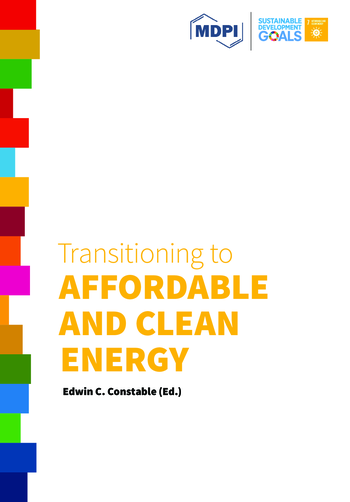Public Transit Challenges in Sparsely Populated Countries: Case Study of the United States
Countries like Canada and the United States have a relatively low population density. Their population centers are located much further away, making nationwide public transit particularly challenging. As such, individuals travel predominantly via airplane and passenger cars. This results in an inefficient use of resources and pollution. These countries have some of the highest numbers of vehicles per person and per capita emissions in the world. Even public transit within cities is a challenge due to suburbs and urban sprawl. These countries have cities with relatively large areas and higher commute distances and times. These factors have historically been an impediment to widespread adoption of efficient public transit and clean transportation. Electric and hydrogen vehicles have yet to see significant market penetration in large part due to lagging infrastructure. These issues are explored in greater detail, including some of their socioeconomic impacts. Potential solutions and recent developments are also presented.
